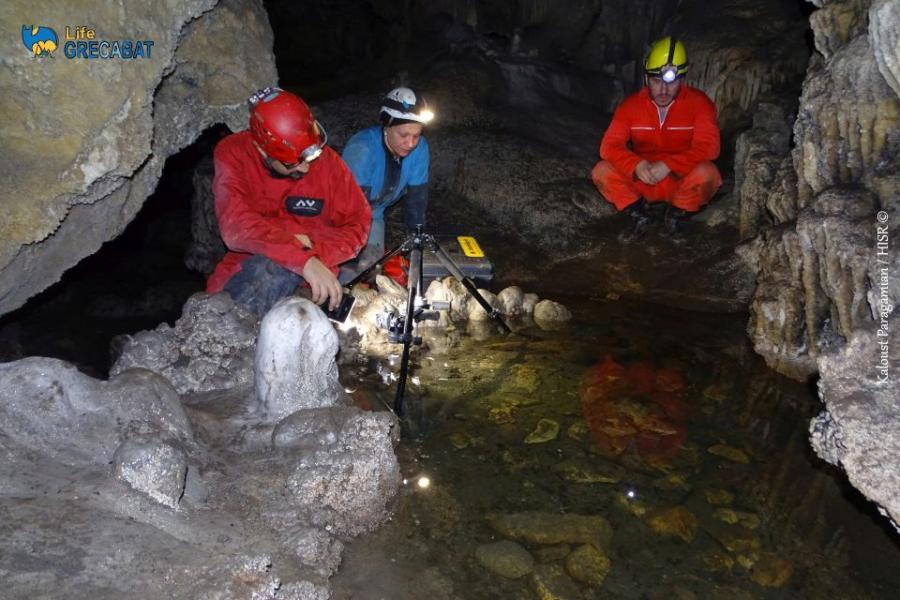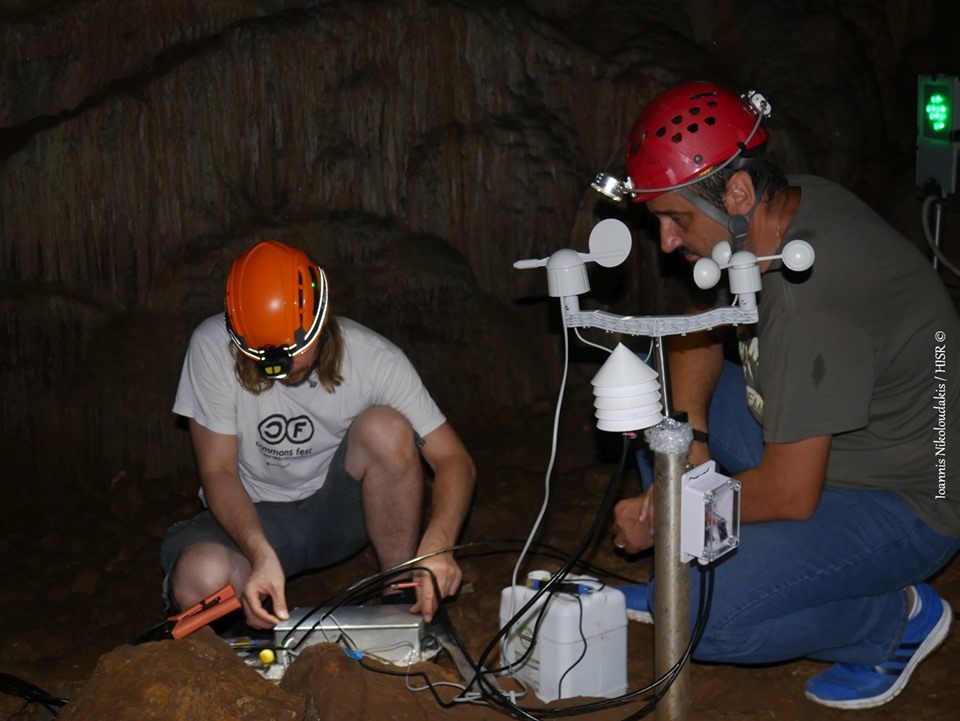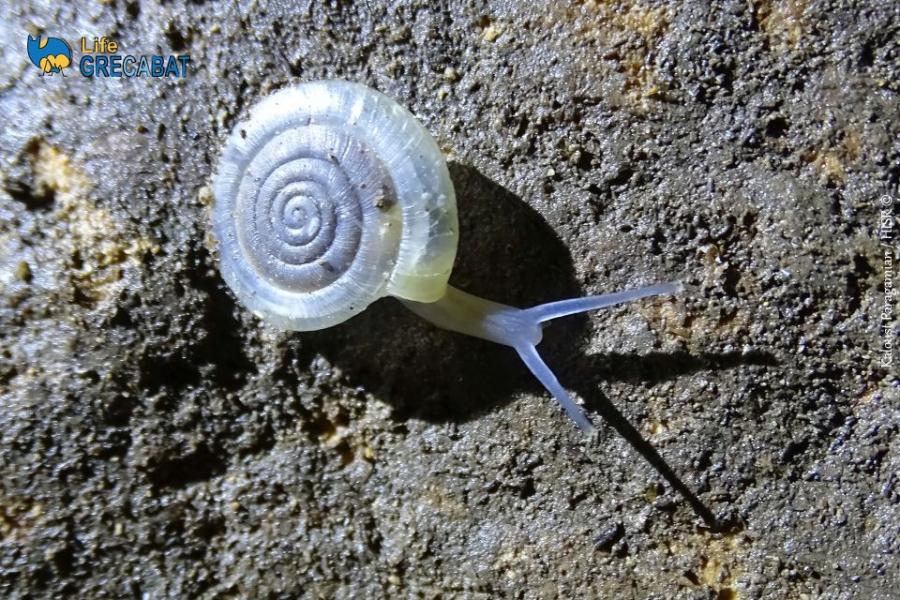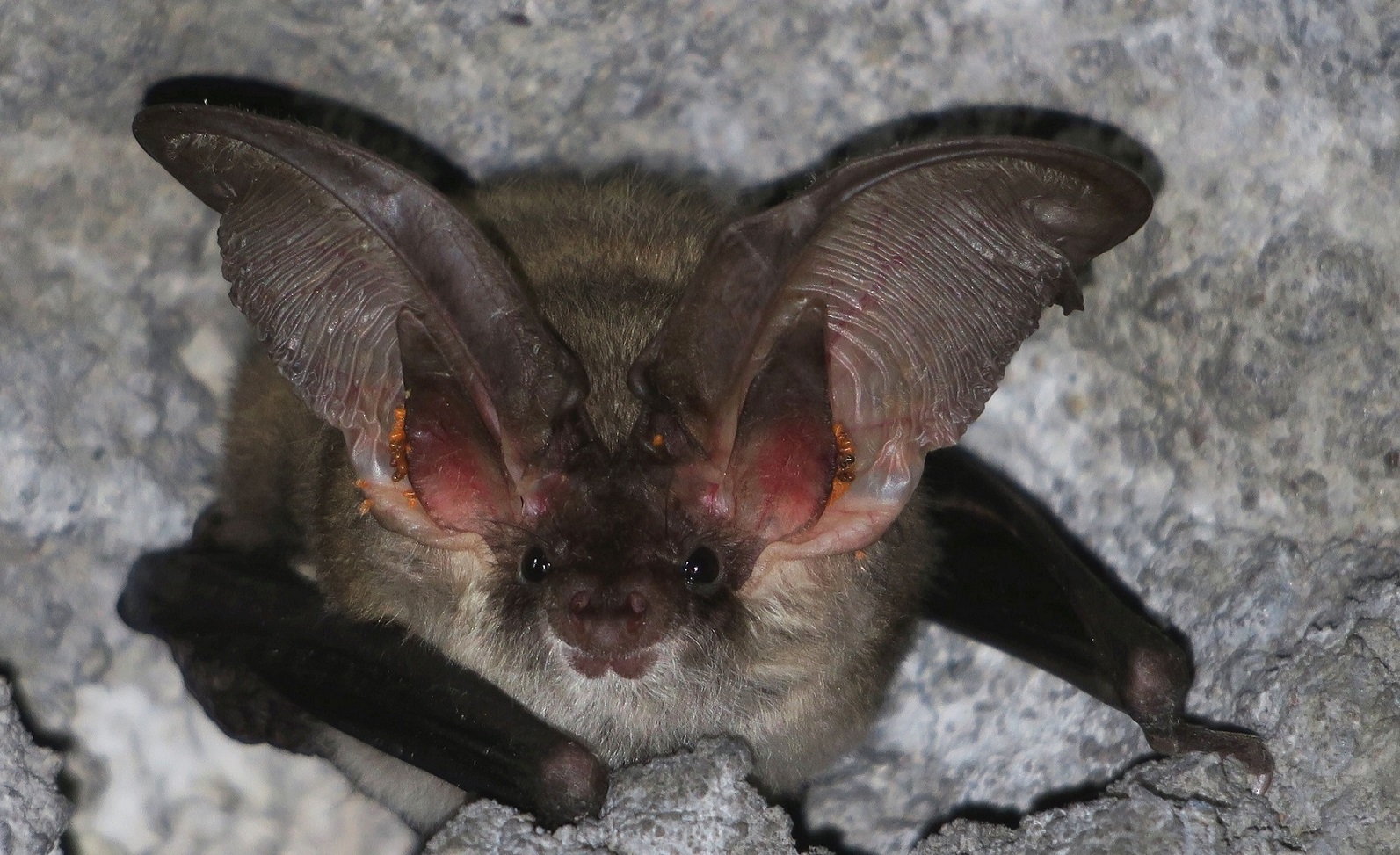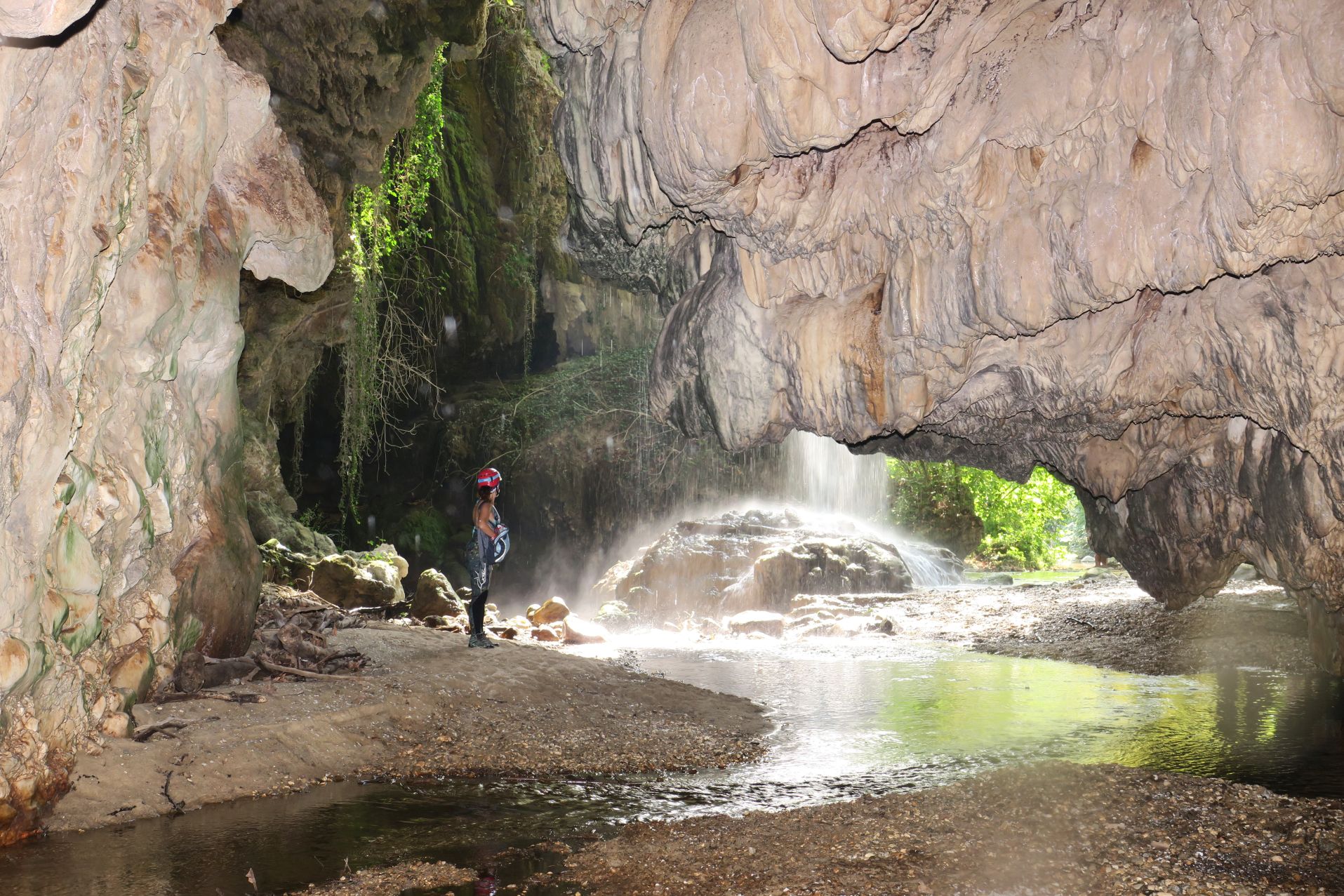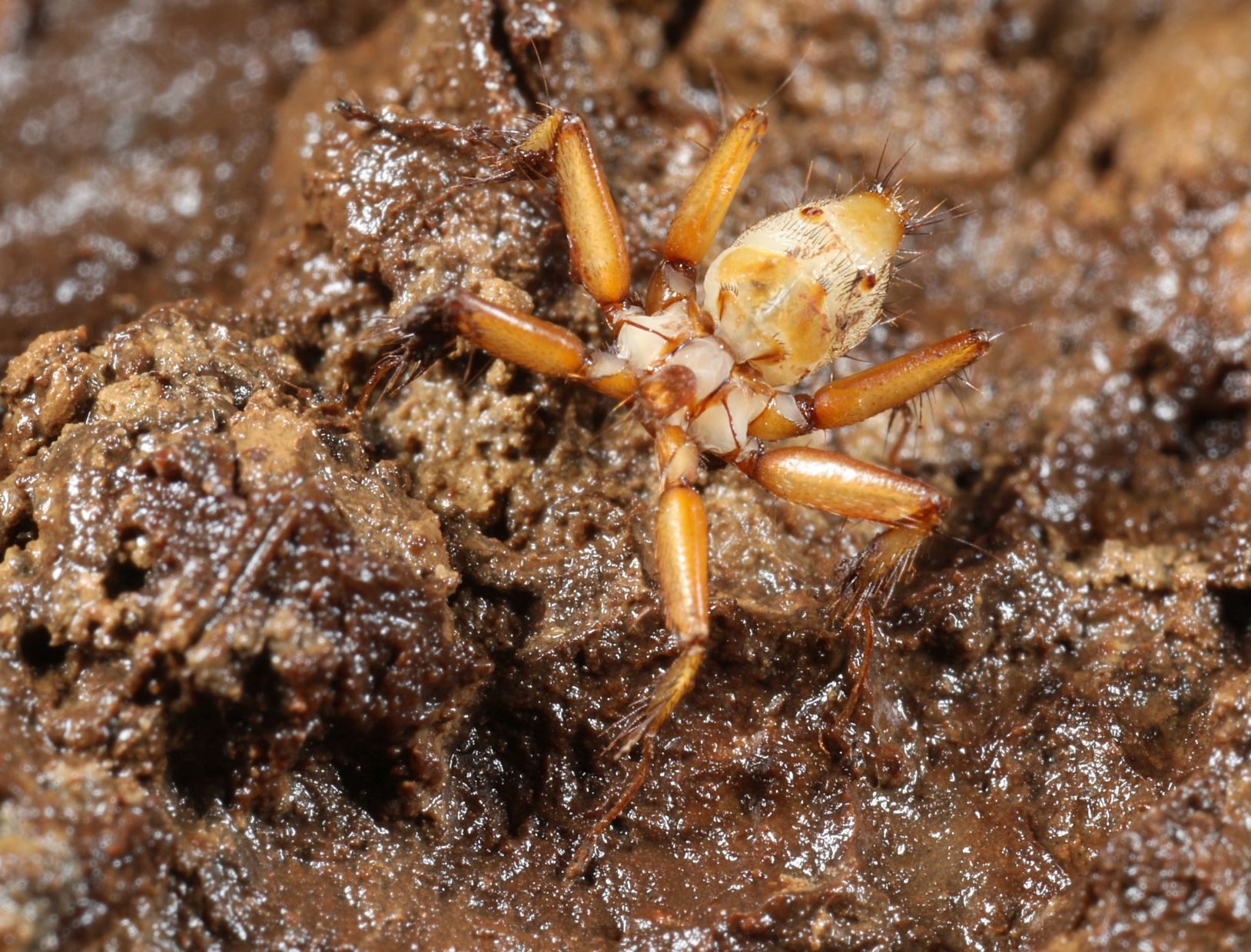April 2020 - LIFE GRECABAT
Α) Identity of the project
| Title/ N° |
Greek Caves and Bats: Management Actions and Change of Attitude
LIFE GRECABAT – LIFE17 NAT/GR/000522 |
| Duration |
01/09/2018 – 28/02/2023 |
| Budget |
1.270.000,00 € |
|
Beneficiaries |
Coordinator: Partners: |
| Location of activities | Areas of the NATURA 2000 Network in Greece (Crete, Attica, East Macedonia – Thrace, Peloponnese, Sterea Ellada, Thessaly, South Aegean, Central Macedonia) |
| Website | |
| Contact |
Michalis Probonas, UoC – NHMC, Project Director LIFE GRECABAT |
Description/Aim
Project’s main objective is to improve the conservation status of 10 selected bat species (Annexes II-IV of Directive 92/43/EEC) and selected caves (habitat type 8310, Annex I of Directive 92/43/EEC).
For this purpose, it implements conservation actions in caves and bat roosts, located in 10 selected NATURA 2000 sites in Greece (from Crete to Evros region), by establishing new monitoring systems and promoting their integrated management.
Ιn parallel, the project aims to inform general public and various stakeholders for the importance of the protection of bats and the preservation of the unique cave fauna (dozens of endemic species of insects and other invertebrates live exclusively in one or more caves of Greece).
The main objectives of the project are summarised in brief hereafter:
- Implement a series of pilot conservation actions in 10 NATURA 2000 sites in Greece.
- Strengthen the legal protection and management framework by drawing up National Action Plans for all selected species and habitat.
- Install advanced monitoring and early warning systems for caves and cave fauna in 3 selected caves.
- Build an original, low-cost, autonomous, digital recording device to monitor caves’ environmental parameters.
- Contribute to a well-documented proposal (of 30 most significant) and the establishment (of at least 5) "cave micro-reserves" (selection, marking, institutionalization).
- Inform – educate any involved group of stakeholders (governmental agencies, local authorities, cavalry clubs, entrepreneurs, landowners, etc.) so as to adopt a cave- and bat-friendly attitude in accordance to the existing legislation.
- Set-up a network of volunteers to monitor, protect and properly manage caves and other bat shelters.
- Raise public awareness of the ecological importance of bats, caves and other cave fauna, the legal framework of their protection, and the impact of human activities.
- Develop good practice guidelines/specifications, highlighting new opportunities for business activities compatible with natural heritage conservation in the caves.
Β) Best Practices
With regard to the behavior change, the LIFE GRECABAT project aims to measure and analyse general public’s current attitude and behaviour in relation to caves (and other underground shelters), cave life and their management. The monitoring will be conducted through questionnaires and interviews with all stakeholders involved before and afterwards the implementation of project’s actions.
Regarding information, education and awareness of stakeholders and target groups, the main actions concern:
- Project website (www.lifegrecabat.eu) and social media tools (Facebook, YouTube, Instagram).
- Electronic and printed information material.
- 3 TV spots.
- Production of nature interpretation signs and notice boards.
- Production of information and awareness material, in particular: a) a portable educational kit for primary and secondary schools; b) two leaflets; c) hats and T-shirts with the project logo; d) stickers; and e) four (4) banners for events and seminars.
- Integration of the LIFE GRECABAT project in three Information Centers.
- 16 Workshops and visits on site throughout Greece.
- Participation in events in Greece and abroad.
- Implementation of a virtual reality application (VR) for exploring a cave.
The Communication Strategy of the project, the establishment of "cave micro-reserves", the creation of an original digital recording device to monitor caves’ environmental parameters and the implementation of a network of volunteers to monitor, protect and properly manage caves and other bat shelters, will be a model for replication / transfer in other regions of the country and/or Europe.
C) Results
The project's Communication Plan is based on actions related to research on the knowledge, perceptions and behaviors of target groups and social partners for the bats, the caves and the cave fauna, focusing on the promotion of awareness on their protection and preservation. The project messages are as follows:
- By protecting bats, we protect life itself;
- By protecting caves, we protect culture and environment;
- By protecting cave fauna, we protect unique forms of life;
An information leaflet has been created containing best practices for cave management and information relating to the project.
The implementation of the digital recording device to monitor caves’ environmental parameters has been completed and the first system has already been set up.
Project members have participated in conferences in Greece (1st International Night) and abroad, while the LIFE GRECABAT project participates in BatLife Europe and its actions are contained in the International Year of Caves and Karst 2021 (IYCK 2021).
Two workshops in Athens (December 12-13, 2019) and Heraklion (December 20-21, 2019) combined with visits in caves have already taken place.
Finally, a series of workshops, meetings, events and training seminars are planned to be organized throughout Greece.



